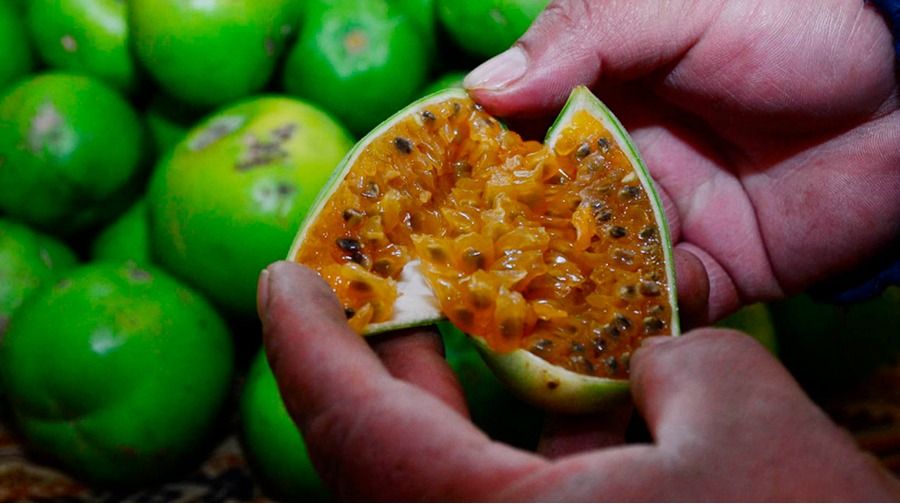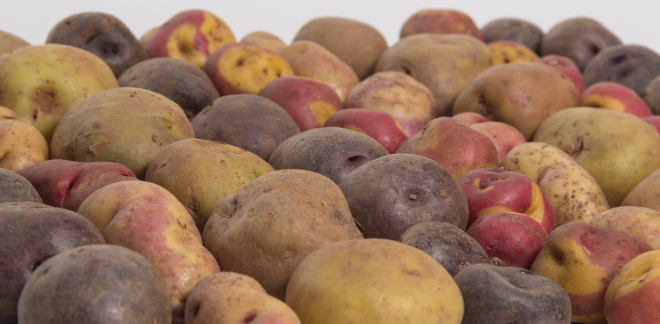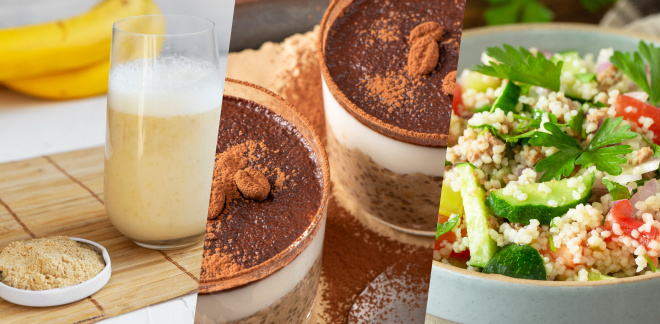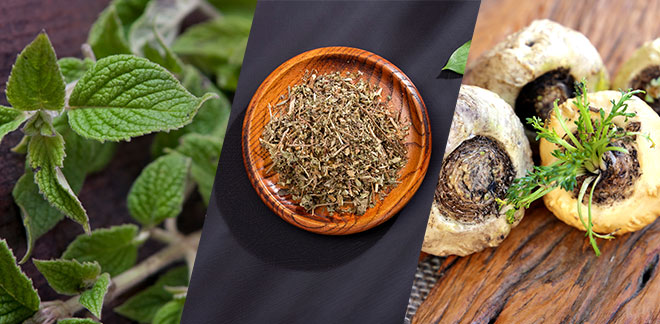Tumbo: one of the Peruvian fruits with the most vitamin C
Síguenos en:Google News
The three regions of Peru treasure their range of seeds, vegetables and fruits that grow in their soil and which have a powerful nutritional value. Among these riches is the tumbo – also called poro poro – a fruit that grows in the Peruvian highlands, precisely in the departments of Ancash, Junín, Moquegua and Huancavelica, and whose properties have been used since the time of the Incas to quench their thirst.
It is important to mention that in inland Peru the tumbo is also known by the following names: purocksha, tacso, tintin, trompos and curuba. It grows mainly in soil located between 3,000 and 11,000 feet above sea level and thrives in both wet and dry seasons. The largest production of tumbo occurs between January and March.
Agricultural Treasure
This fruit – which comes from the Passiflorace family – is medium sized and greenish yellow on the outside, and its interior is made up of orange, sweet-and-sour pulp with several seeds. Its texture, although not the same, is very similar to that of the passion fruit.
The tumbo can be eaten raw, but it is also possible to process it into jams, juices, liquors and in some regions it is transformed into wine. In Peruvian cuisine, the essence of the fruit is used to create magnificent sauces that accompany seafood dishes such as Ceviche, Tiradito and Trout or Langostino Causa. In the world of confectionery, it is used to create muffins, cakes, ice cream and mousses. Whichever way it is consumed, it will inject our body with a high dose of vitamin C: its greatest benefit (and the reason why it is one of the most sought-after fruits on the local market).
Benefits for the body
Thanks to its vitamin power, it is considered one of the richest natural antioxidants that exist in Peru, and it competes for the podium occupied by other citrus fruits of similar value such as oranges or lemons. This quality makes it ideal for keeping skin healthy and protected from cell damage caused by free radicals, the main triggers of oxidative stress, the appearance of blemishes and premature aging.
It is also rich in provitamin A, also known as beta-carotene, which apart from being a great reinforcer for repairing damage to the epidermis and treating damage such as dry skin, psoriasis or eczema, is a fundamental ally in maintaining or improving everything related to vision. Scientific data indicates that it is a wonderful agent for preventing macular degeneration and the appearance of the much-feared cataracts.
Another property it possesses is a key antioxidant to keep the immune system protected, which restricts the entry of viral diseases into the body. Its DNA also contains enzymes that stimulate the production of platelets in the blood, thus stopping bleeding and rapidly healing wounds.
Kidney ailments – such as the appearance of stones or other urinary problems – can be treated by eating tumbo. This same quality also helps to decrease and prevent stomach pains. It should be noted that it is a fruit with a low caloric content, which makes it the ideal candidate to accompany vegan or vegetarian diets. Meanwhile, its fiber content helps improve intestinal transit.
Calcium, one of the minerals that stands out in the nutritional table, is also present in the tumbo. It helps to preserve and nurture the bone and dental systems. When eaten properly, it will allow the human being to develop and grow healthily, while avoiding ailments such as osteoporosis. It is also reinforced by the presence of phosphorus, which, among other numerous qualities, helps with the formation and repair of the body's tissues.
Sources: Minagri/ La República/ Vive Sano/ Trome/ US National Library of Medicine








